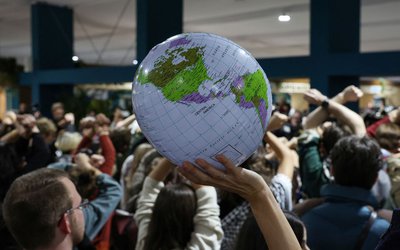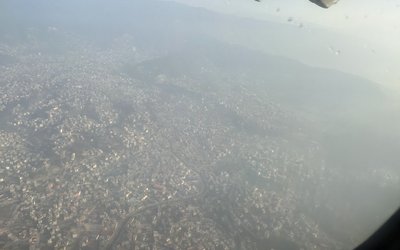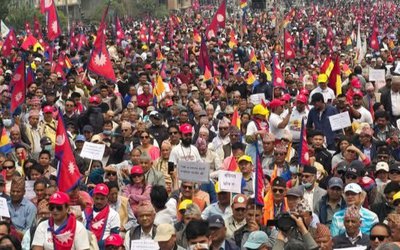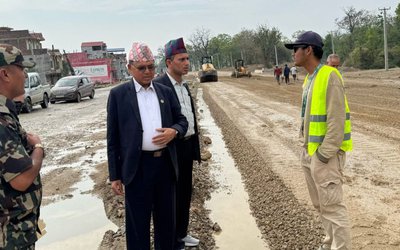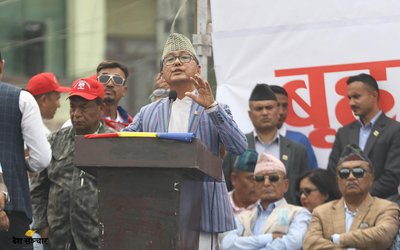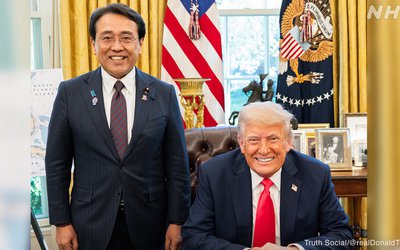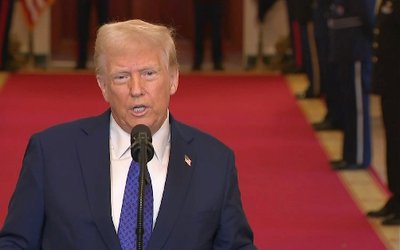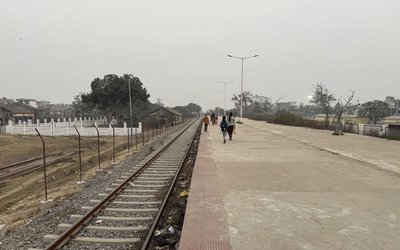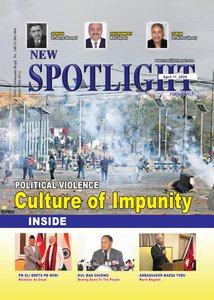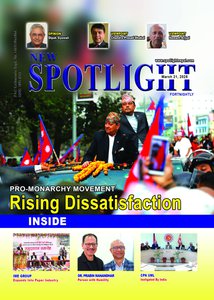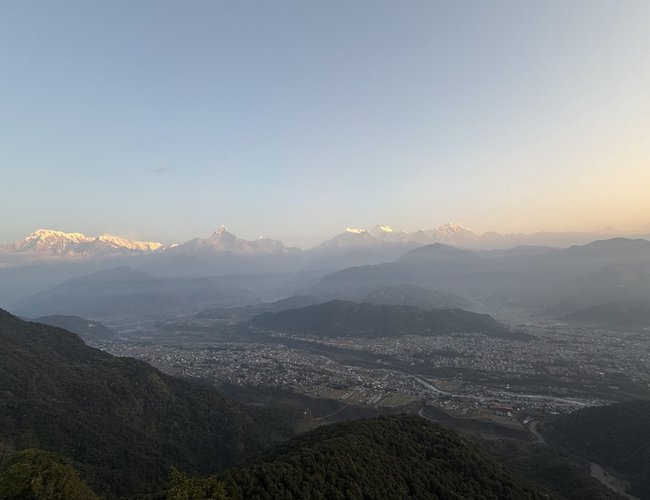
The Gantabya Gandaki event, organized by Kantipur Media Group in Pokhara, brought together political leaders, government officials, entrepreneurs, experts, and local residents to discuss the future of the province. Topics included tourism policies, economic growth, industry, education, health, and employment, all crucial for shaping Gandaki’s development and integrating communities into the tourism sector.
Tourism plays a significant role in Gandaki, offering adventure, cultural experiences, and stunning landscapes. From the Annapurna Circuit to Begnas Lake, the province caters to a diverse range of travelers. However, there are challenges in diversifying tourism beyond trekking and ensuring sustainable, authentic experiences that truly represent local communities. Unlocking Gandaki’s potential requires a strategic vision, investment, and engaging storytelling that actively involves local communities.
Gandaki is currently facing challenges in terms of federalism and tourism development. While federalism aims to empower local communities, there are issues with coordination, infrastructure, and resources. To ensure the success of tourism in the region, these challenges need to be addressed so that communities can fully benefit from the industry.
Sung Village in Vietnam serves as a successful example of community-driven tourism, where visitors can participate in activities such as rice farming, tea tasting, and traditional crafts. Similarly, Nepal's homestays in Ghale Gaun, Bhujung, Sirubari, and Sikles have the potential for success but are hindered by issues like marketing, infrastructure, and visibility. By focusing on eco-tourism and cultural heritage, Gandaki can connect local communities with the global tourism market, providing authentic and immersive experiences.
Tourism in Gandaki goes beyond trekking guides and hotels; it encompasses local farmers, artisans, musicians, and storytellers. By involving these communities in tourism through initiatives like farm-to-table programs, handicrafts, and cultural performances, deeper visitor engagement can be achieved, leading to a more sustainable and inclusive tourism approach.
Despite the digital age, Gandaki's digital presence is not fully utilized. A robust digital strategy that includes captivating visuals, authentic visitor testimonials, and partnerships with influencers can help amplify the voices of local communities and highlight their unique cultural offerings. Virtual reality trekking previews and interactive online experiences can position Gandaki as a global tourism destination, encouraging travelers to engage with local communities in innovative ways.
Women are integral to Gandaki's tourism sector, yet their contributions are often overlooked. Whether managing homestays, operating local eateries, or running crafts businesses, women play a vital role in the tourism industry. By addressing challenges related to access to capital, skills development, and market opportunities, women can be empowered to assume leadership positions and be more fully integrated into the tourism sector.
As more tourists are drawn to Gandaki's stunning natural beauty, it is crucial to address challenges such as waste management, overcrowding, and environmental degradation. Implementing responsible tourism practices, such as eco-friendly policies and sustainable trekking guidelines, is essential to safeguard Gandaki's environment for future generations. Engaging local communities in these initiatives will help ensure that they play an active role in preserving the region's heritage and natural beauty.
Encouraging the use of reusable water bottles, establishing plastic-free zones, and promoting tourism in lesser-known areas will not only alleviate the strain on popular destinations but also create economic opportunities for more communities.
With the right strategies, stronger governance, and community-driven initiatives, Gandaki has the potential to become a model for sustainable and inclusive tourism. By investing in the people of Gandaki, including guides, farmers, artisans, and dreamers, tourism can improve local livelihoods, preserve cultural heritage, and safeguard the environment. Additionally, improved intergovernmental cooperation and resource integration will help bridge gaps between the three levels of government, ensuring that policies translate into tangible benefits for both the tourism industry and local communities.
Pudasaini, who recently completed her Master's degree in Development Studies at Kathmandu University, has a keen interest in migration, tourism, and sustainable livelihoods. She is committed to linking global ideas with local solutions to promote fair growth and build resilient communities through research and practical projects. She can be reached at pudasaini.manisha@gmail.com

